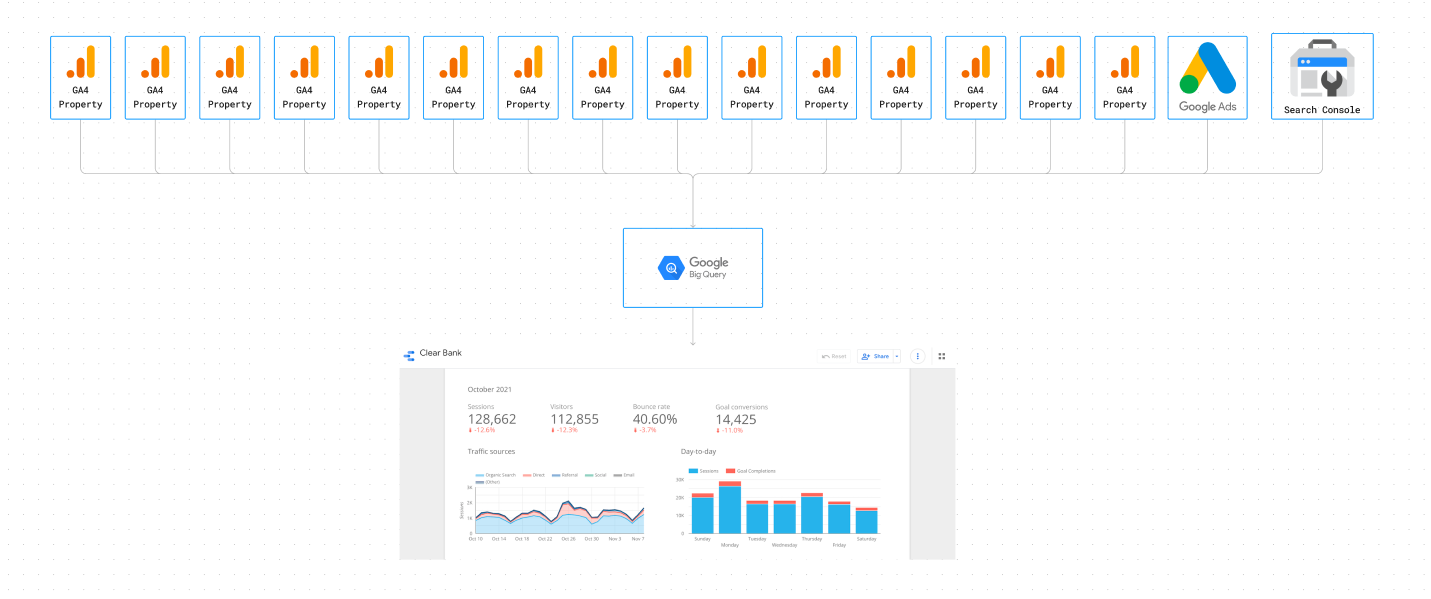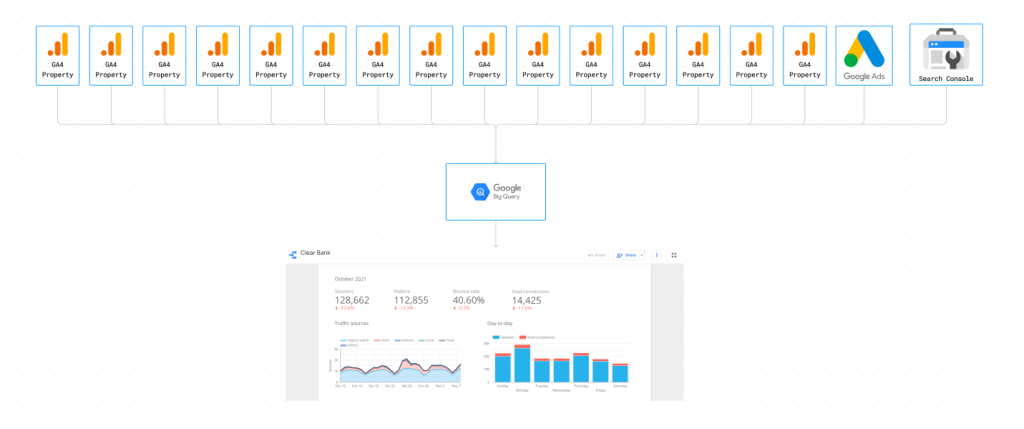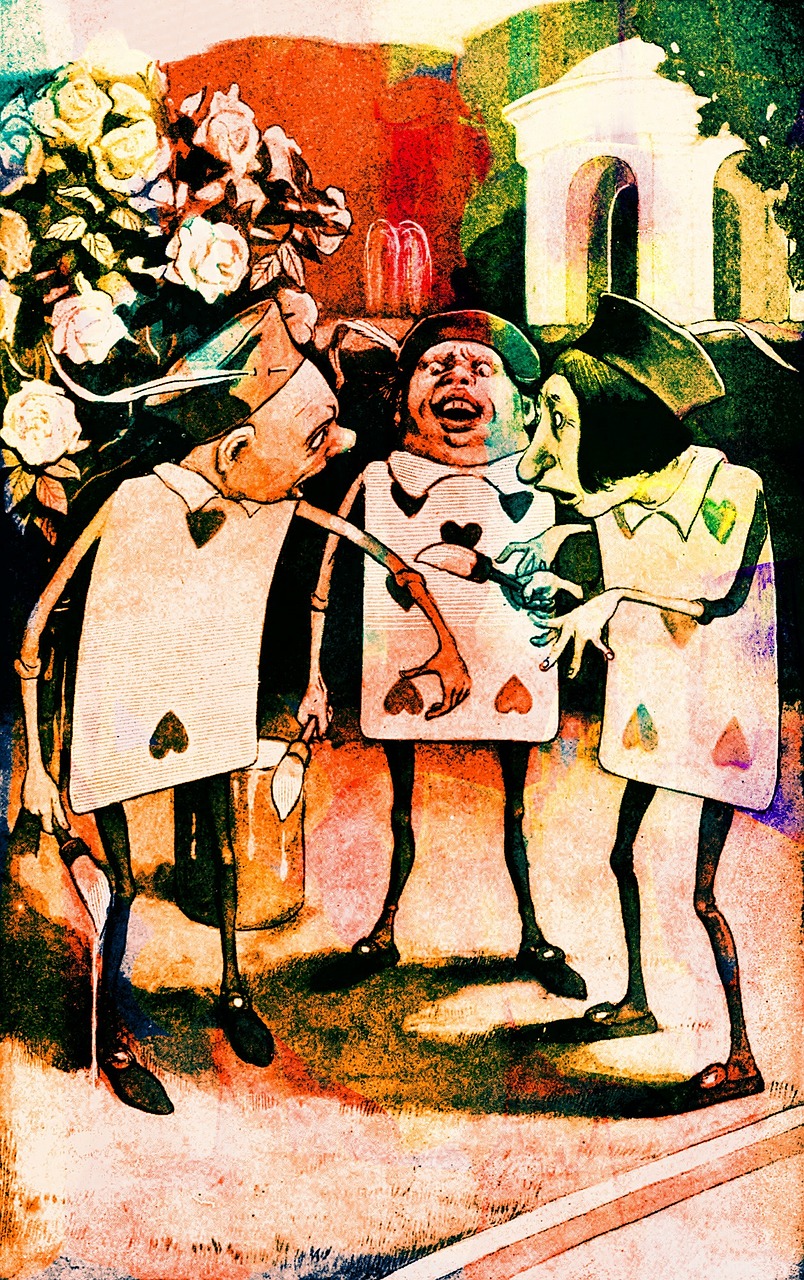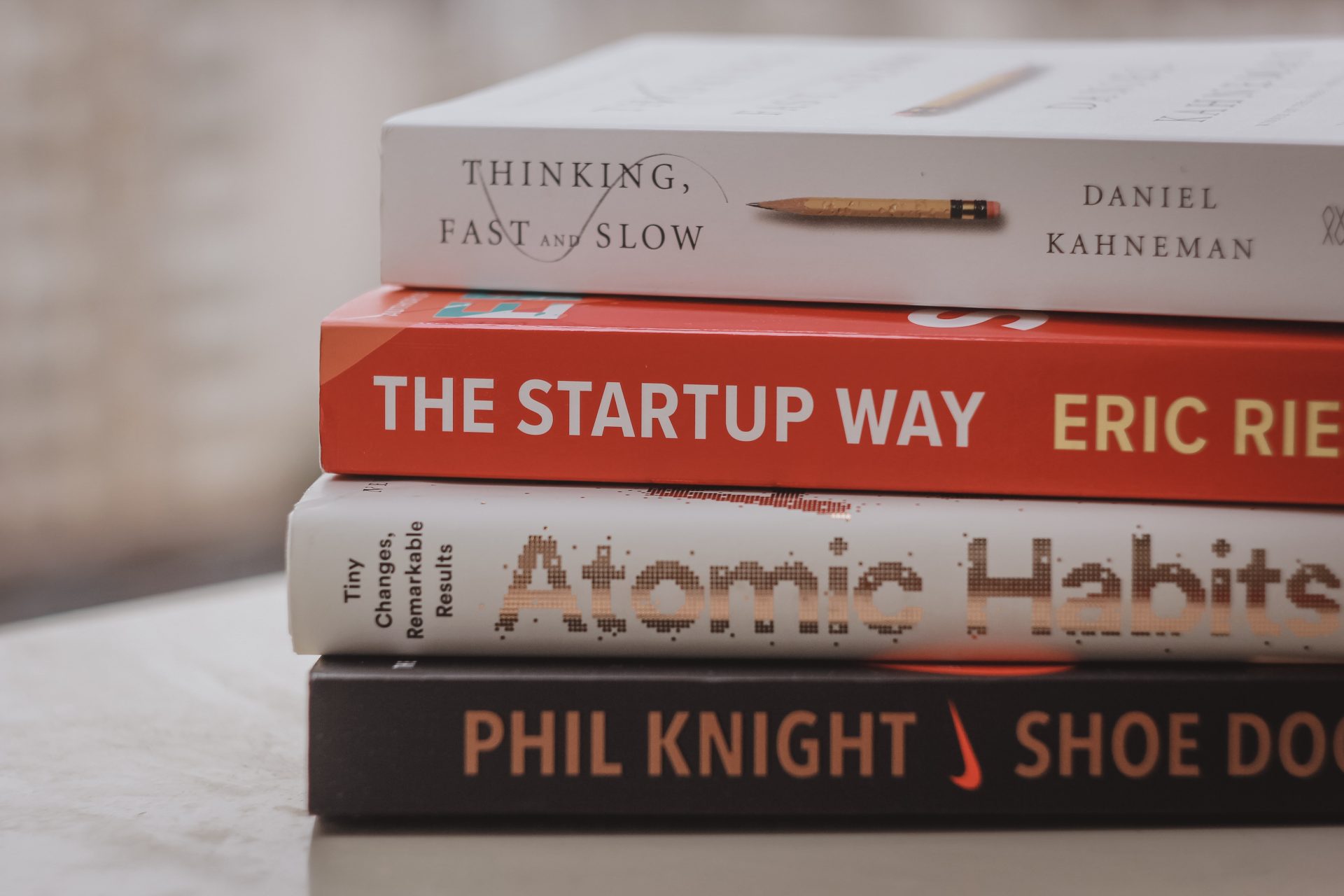In our daily lives, we make countless decisions, unaware that each choice is a gamble of its own. Whether it’s a bug fix, a new feature, or a product requirement, every decision we make carries varying levels of risk and reward. As professionals involved in product development, it’s our responsibility to make informed choices that drive progress. But do we truly understand the stakes we’re playing with?
Instead of avoiding or neglecting the inherent gambles in our decision-making processes, it’s time to consciously acknowledge them. Let’s challenge ourselves by asking, “How much am I willing to wager on this decision?” This is not about assigning blame; it’s about embracing the accountability of our choices and striving for better outcomes.
To make this decision-making process more effective, consider finding a “gambling buddy” – an accountability partner who shares your commitment to making thoughtful choices. Together, you can create a shared document, perhaps a Google doc, where you outline the problem at hand, propose a hypothesis, and define a success metric. The success metric is the bet, call your shot, how effective will your change be? Only hard numbers allowed in the success metric.
Wager Formula
Problem: "Not enough users signing up"
Hypothesis: "Move sign-up button to top of the page"
Time: 2 day construction. Test: 15 days
Success Metric: 30% conversion rate
Here’s a lightweight Google Doc Template of this formula, feel free to comment for changes or use as you need.
An example of my usage of the bet, came during a planning exercise. After uncovering a high pain point with a fast solve I proposed the solution. This came into direct conflict with our current work stream, so I have to work with the cross-functional team to evaluate. We work through the details, and I go back to my micro sounding board team to gamble. How much am I willing to bet this deviation in the work stream is faster, and higher value than current efforts?







